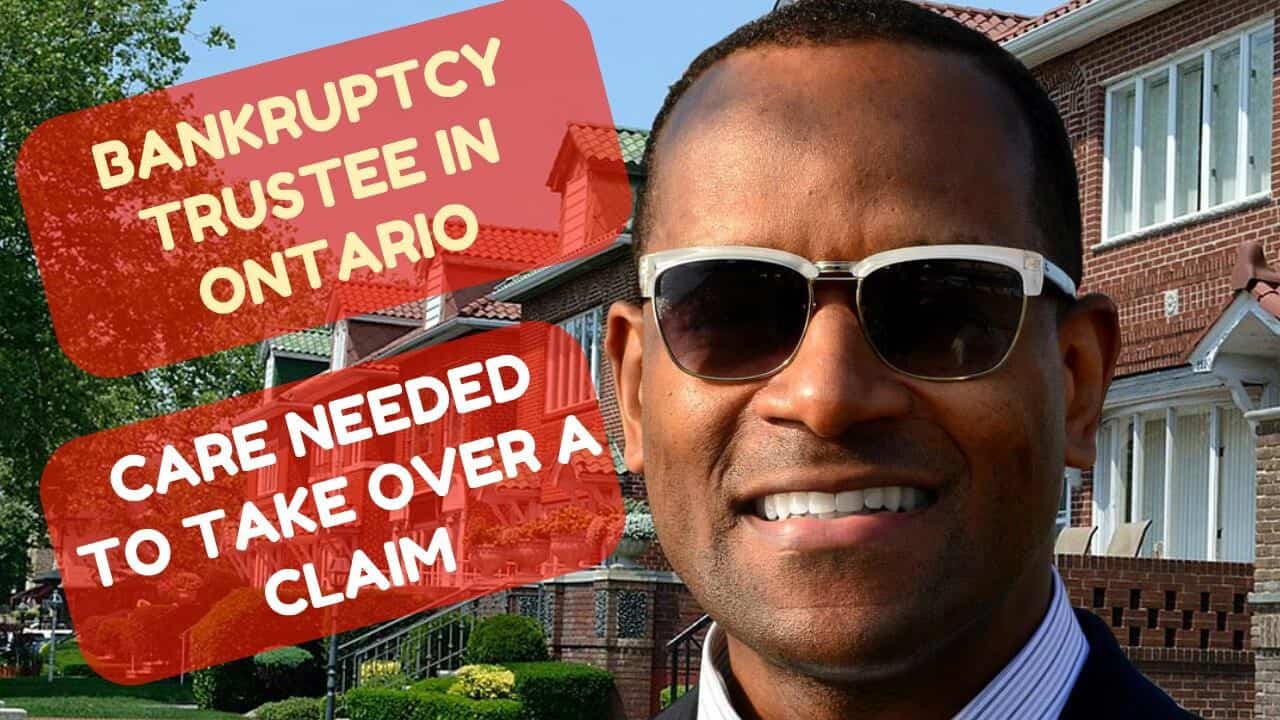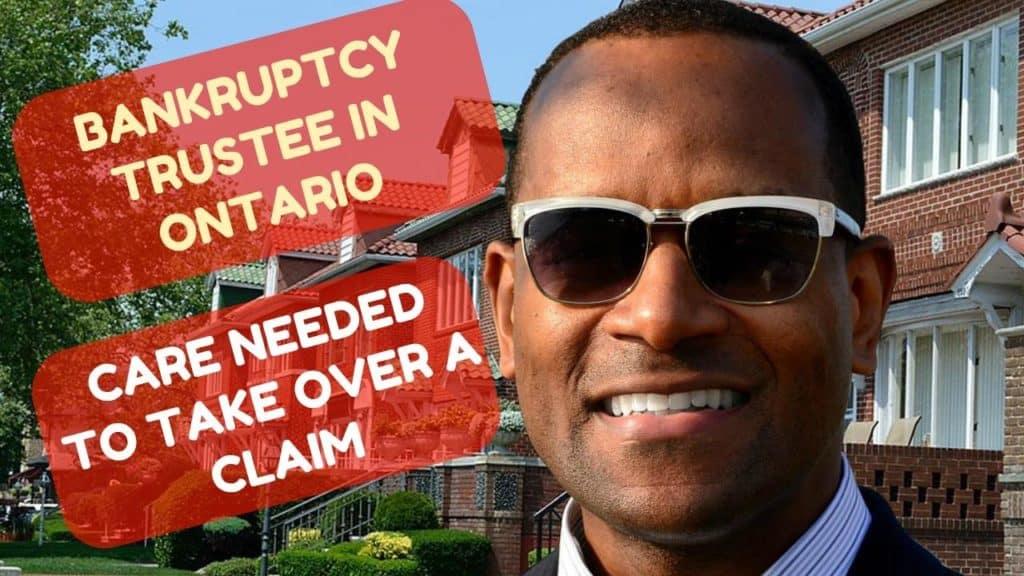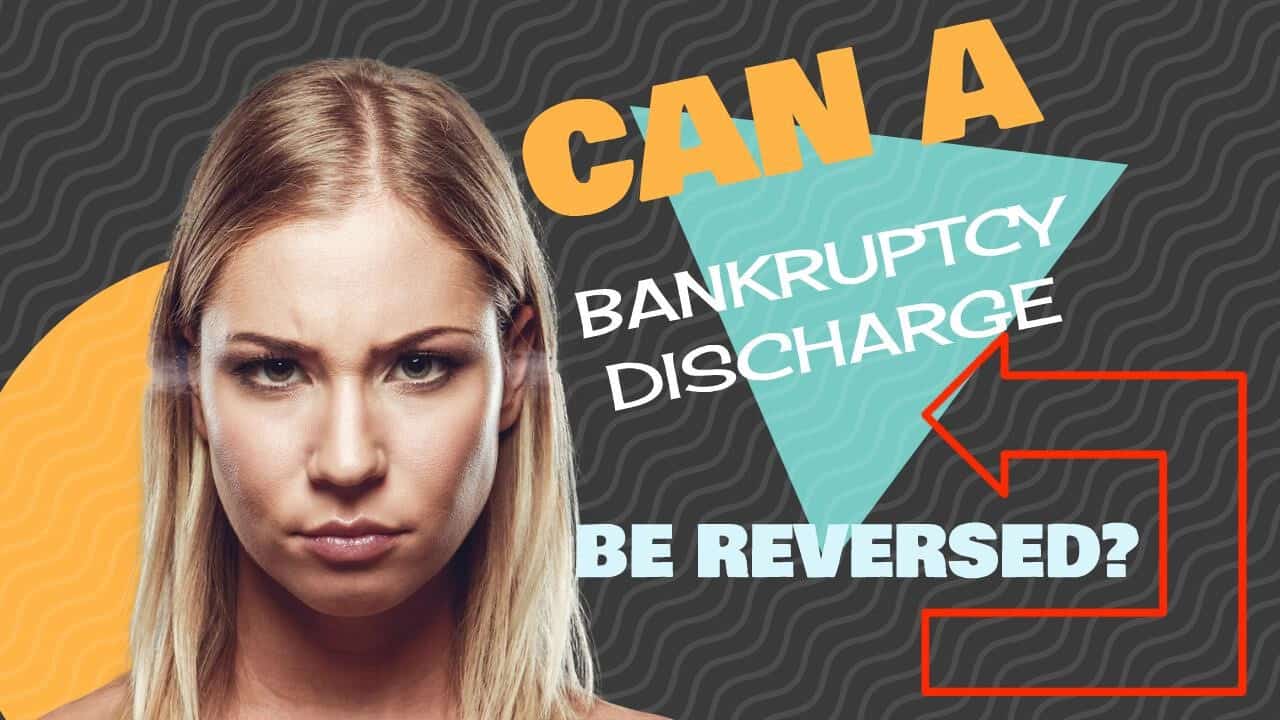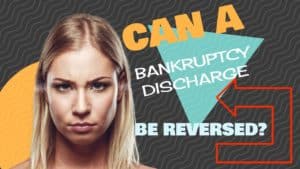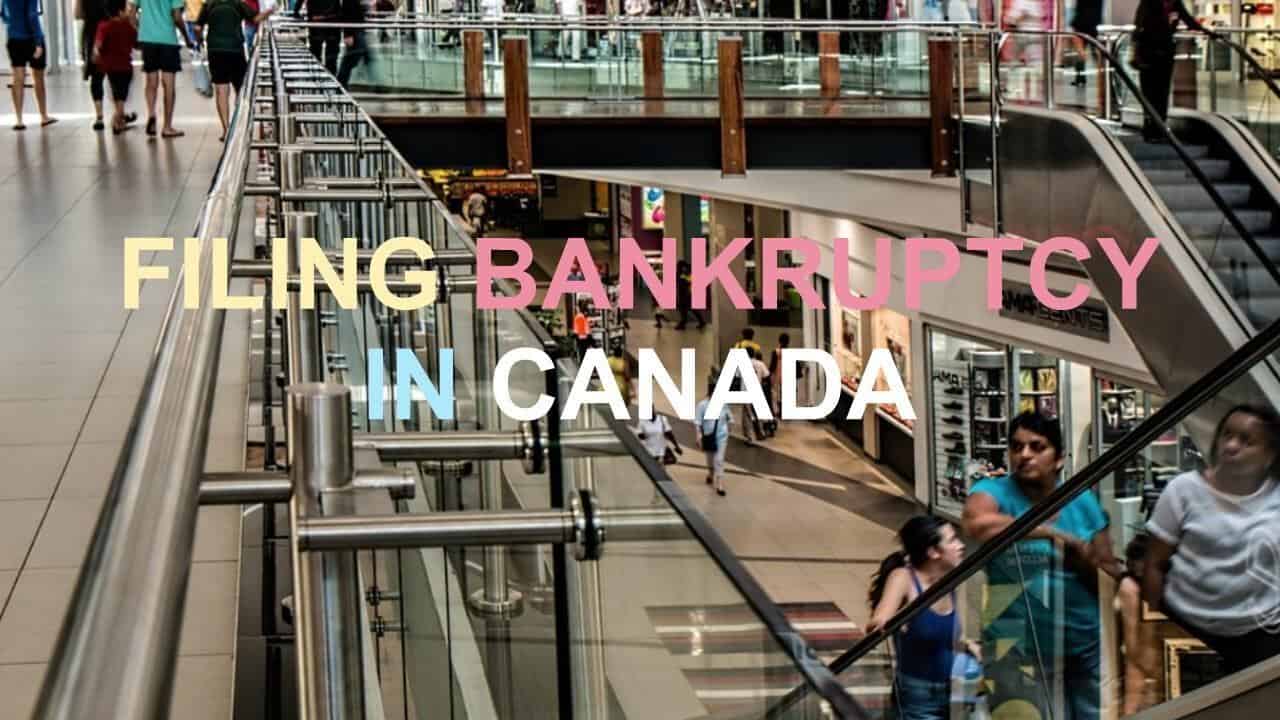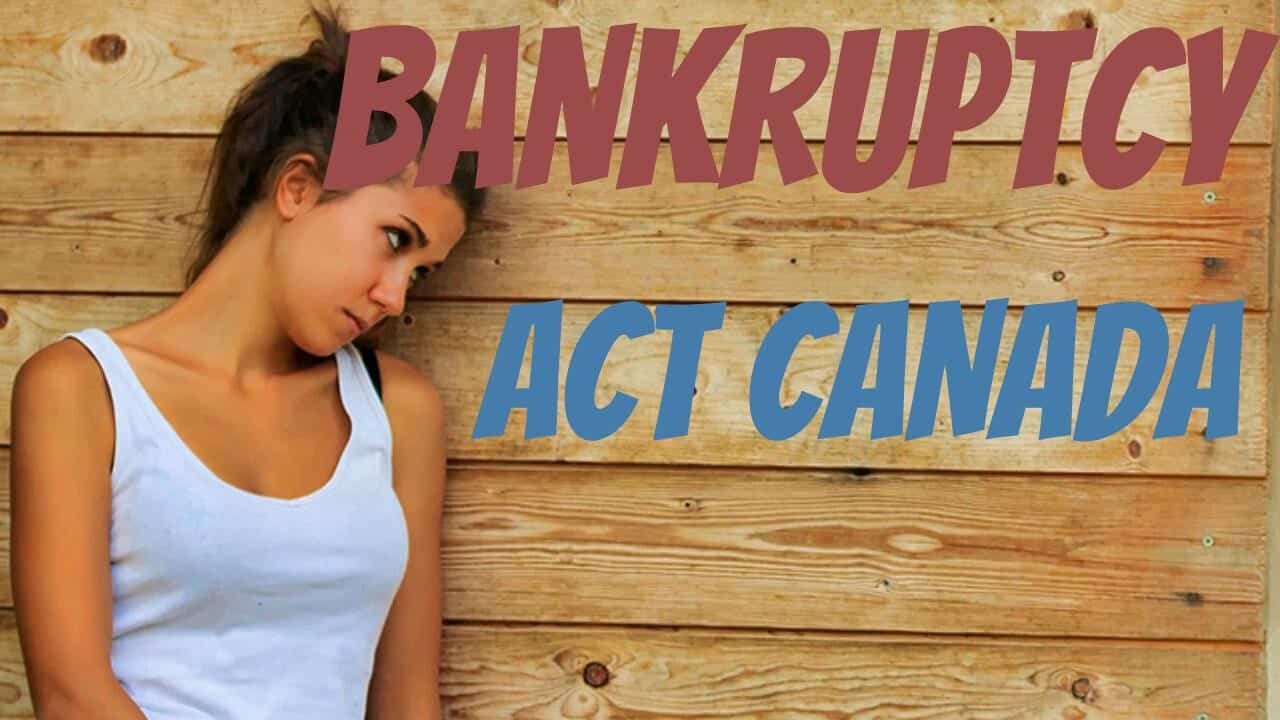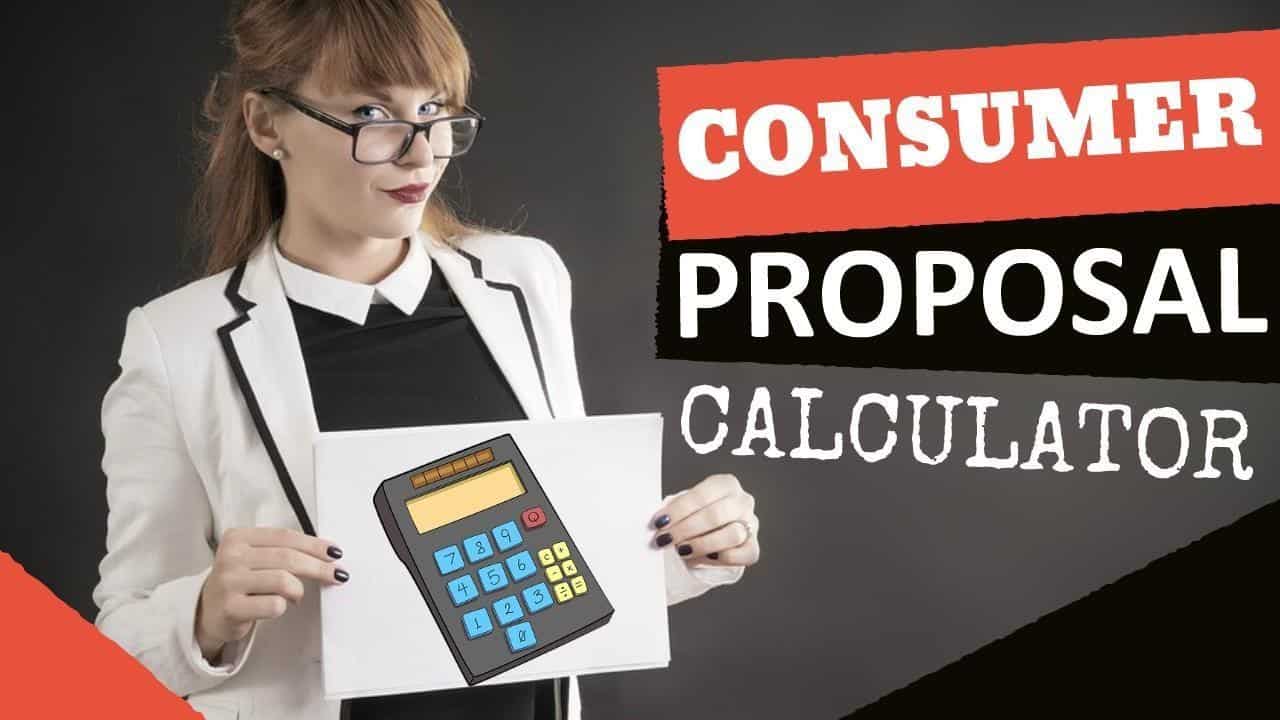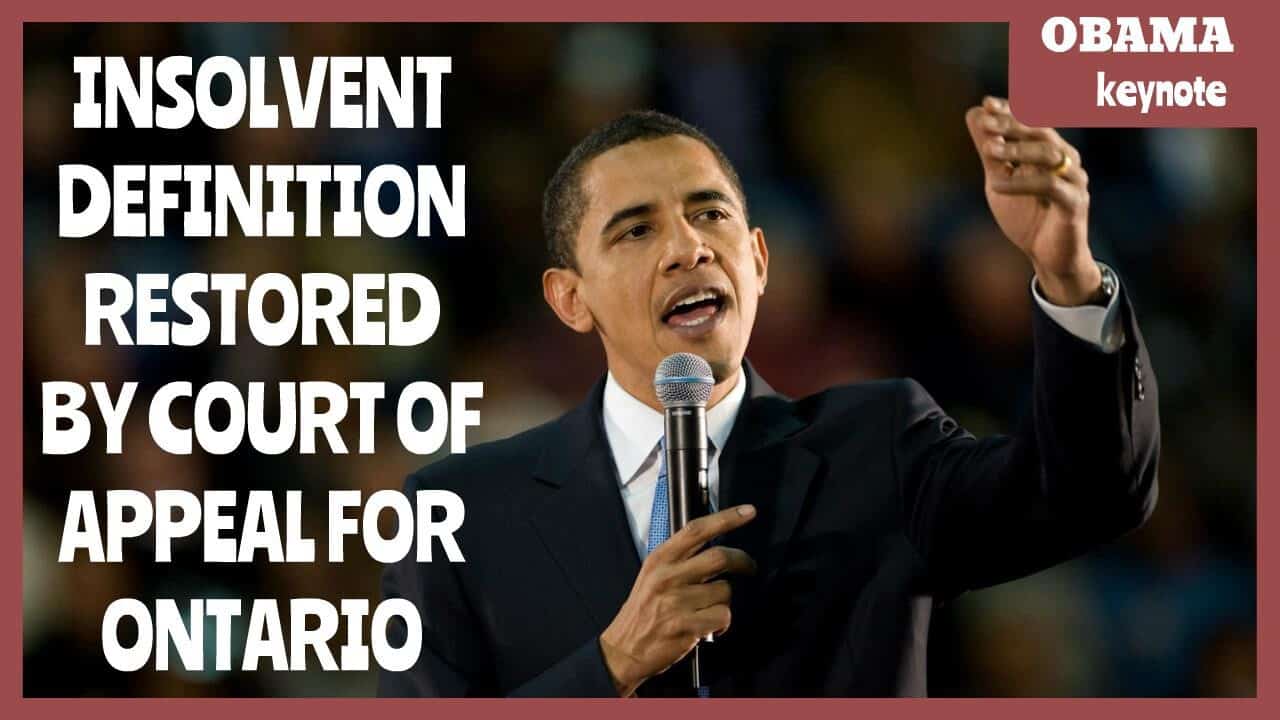 If you would prefer to listen to the audio version of this financial literacy Brandon’s Blog, please scroll to the bottom and click on the podcast
If you would prefer to listen to the audio version of this financial literacy Brandon’s Blog, please scroll to the bottom and click on the podcast
Introduction
When I was in high school, I was very fortunate. I thankfully took two accounting courses, in addition to the normal reading, writing and arithmetic. It was in accounting, that I received some financial literacy education. Anyone who did not take accounting did not get any exposure to basic financial education.
When Ontario grade 10 students go back to school next week, their course curriculum is now amended so that a financial literacy course is mandatory. The purpose of this Brandon’s Blog is to discuss why financial literacy is important and what the new course will offer these students.
What is financial literacy and why is it important?
Financial literacy is the education, learning and understanding of different financial subjects related to handling personal money, budgeting and investing. This topic focuses on the capability to manage individual finance matters in a reliable way.
With such education, people gain an understanding of making suitable decisions about their personal money. Without a basic financial understanding, how can people develop their financial skills? Where will you learn about things such as investing, insurance, budgeting, saving, retired life and income tax concepts?
Why is financial literacy important for students?
The typical high school curriculum of education and learning is extremely important. People generally do not get specialist education until they are in a career program. To become a medical professional, an auto mechanic or a web developer requires specialist education for career success. The one area of education that is generally missing to equip our youth to be able to make smart economic decisions in their lives is proper financial education.
Our society values money and entrepreneurship, yet for some reason, our institutions appear to assume you will somehow just know or pick up the proper financial skills to succeed. Perhaps if there was a mandatory financial education system in place we would see the gap between the rich and poor lessen. Teaching basic financial concepts and skills can go a long way to make sure that people can learn good financial habits and keep their heads above water.
How do you get financial literacy?
The Ontario curriculum for Grade 10 career studies for the first time this school year will include a section on financial literacy. The provincial government believes that it is important for students to understand budgeting and financial management. I applaud this effort.
The education system’s overall expectation is that students will get an understanding of responsible monitoring of financial resources and of services readily available to support their financial proficiency as they prepare for post-secondary life. This is an excellent thing.
I remember my first day at university. Day one all the banks have tables to entice students to sign up for a new credit card. Young adults who have student loans and have never been exposed to financial management courses will now have the ability to take on more debt. Not a good thing.
The specific expectations are that students will:
- Learn the principles of financial responsibility
- Evaluate the advantages of a variety of financial savings options
- Explore financial planning tools available with banks and other sources
What are the three main components of financial literacy?
The three main components that the new financial literacy piece to career studies program will cover are:
- Financial responsibility
- setup and follow a budget
- sensibly handling bill payments and using credit wisely understanding the difference between
- knowing the difference between a bank and a credit union
- managing their very own bank accounts
- defending themselves against monetary scams and fraud
- Financial savings choices
- types of interest-bearing accounts and their associated rate of interest
- tax-free savings accounts (TFSAs)
- registered retirement savings plans (RRSPs)
- Different kinds of borrowing and their advantages and disadvantages
- federal government student loans
- provincial government student financings, such as those available with the Ontario Student Assistance Program (OSAP)
- loans or bursaries from their local cities and towns
- personal (unsecured) loans from a financial institution, be it a chartered bank or a credit union
- lines of credit, credit card and overdraft products
- recognizing the benefits and disadvantages of the numerous kinds of credit products
- how the responsible use of a credit card can boost an individual’s credit score ranking
- how improper use of the same credit card can hamper a person’s credit score ranking
- that the proper use of bank loans can allow a person to pay for a costly item, such as a car or home
- how the improper use of loans and excessive debt can lead to a poor credit rating, money troubles and even insolvency and bankruptcy
- How borrowing from family or close friends can be advantageous, but how defaulting on repayment can negatively impact personal relationships
The teacher’s role
The teacher’s role will be to provide illustrations to drive home these points. In the context of spending and personal finance, the students will learn the difference between “needs” and “wants”. Teachers will ask the students to reflect on exactly how a person’s values will influence their wants or the ways in which they satisfy their needs. Students will learn what “living within your means” really means.
The teacher will lead a discussion on exactly how a person can do this successfully. Students will consider what the impact on a person will be from not paying expenses promptly and from using numerous credit cards.
Students will learn the benefits of beginning to save at a young age. They will be exposed to the advantages of then having a formal financial savings plan. All this will naturally lead to a realization that budgeting for both short-term objectives, such as purchasing clothes, differs from budgeting for long-term goals, such as buying and maintaining a car. Students will also learn about the different types of savings vehicles as well as debt products. They will also learn the proper use of debt.
In my view, the students will learn about the three most important parts of any financial literacy program: 1. proper budgeting techniques; 2. the importance of saving from an early age and the various savings vehicles available; and 3. debt and how to use it properly.
Summary
Hopefully, by exposing grade 10 students to these concepts, they will be motivated to keep learning and using proper financial management techniques. My hope is that more students will come out of high school and begin their post-secondary career, whatever that may be, by having better financial management skills and therefore fewer people will be able to stay clear of insolvency.
Prior to the new mandatory curriculum, the first exposure many people had to financial literacy education was as part of insolvency counselling, which means they already made mistakes before having a chance to learn the basics.
Are you on the edge of insolvency? Are bill collectors hounding you? Are you ducking all your phone calls to the point where your voicemail box is always full?
If so, you need to call me today. As a licensed insolvency trustee (formerly called a trustee in bankruptcy) we are the only professionals licensed, recognized as well as supervised by the federal government to give insolvency assistance. We are also the only authorized party in Canada to apply remedies under the Bankruptcy and Insolvency Act (Canada). I can definitely help you to choose what is best for you to free you from your financial debt issues.
Call the Ira Smith Team today so we can get free you from the stress, anxiety, and discomfort that your cash issues have created. With the distinct roadmap, we establish simply for you, we will without delay return you right into a healthy and balanced problem-free life, Starting Over Starting Now.
[monkeytools msnip=”https://monkeyplayr.com/playr.php?u=5173&p=21322″]



